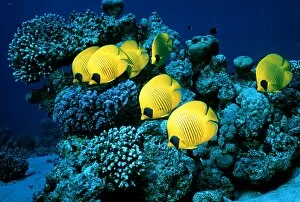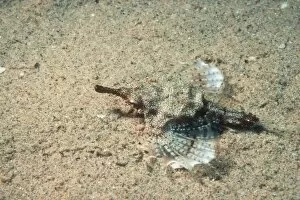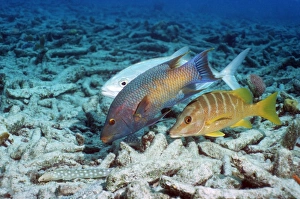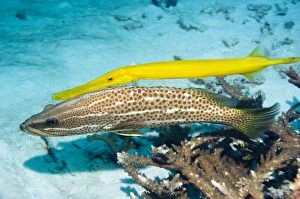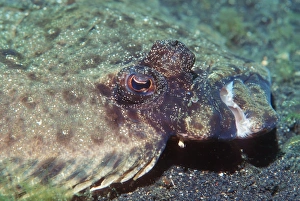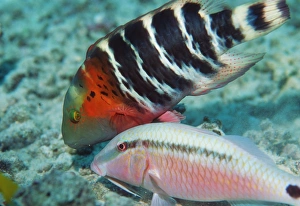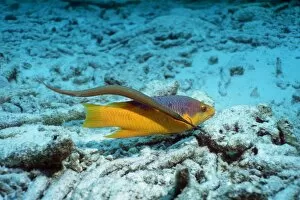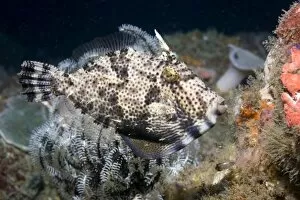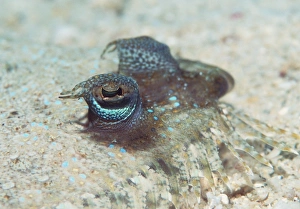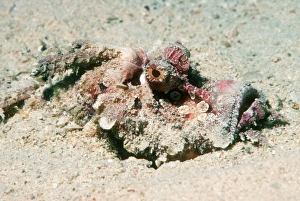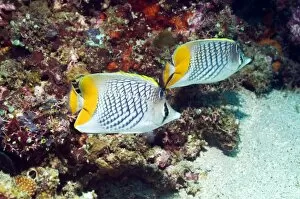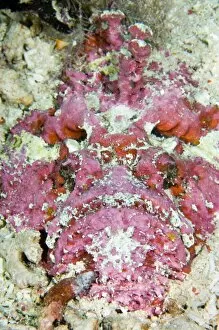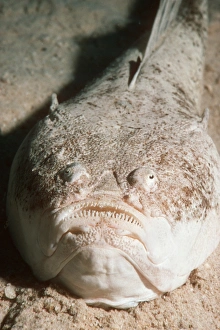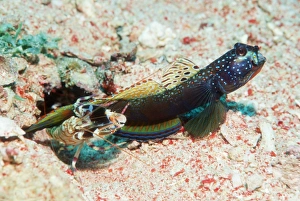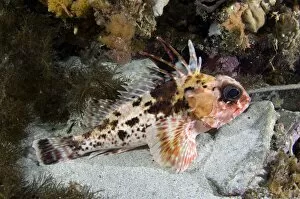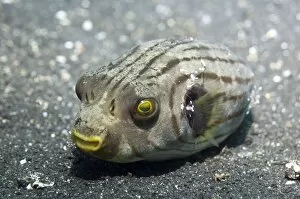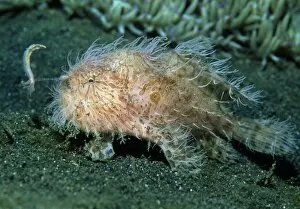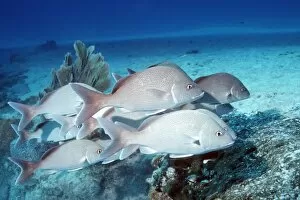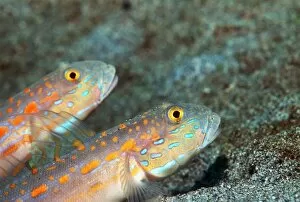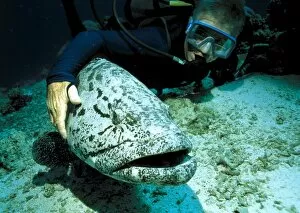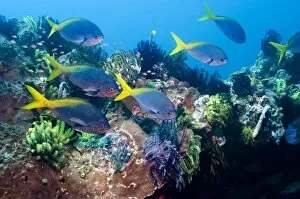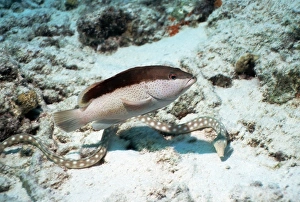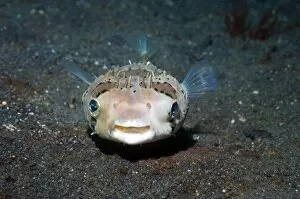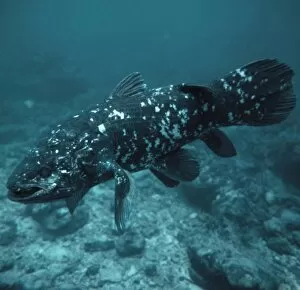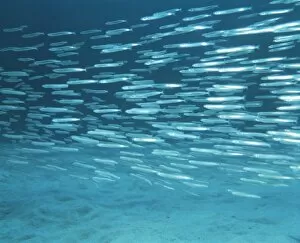Sea Bed Collection (page 9)
Exploring the hidden depths of our Earth's oceans reveals a mesmerizing world beneath the waves, known as the sea bed
All Professionally Made to Order for Quick Shipping
Exploring the hidden depths of our Earth's oceans reveals a mesmerizing world beneath the waves, known as the sea bed. Just like the diverse landscapes on land, the sea bed boasts its own unique topographic and bathymetric map that unravels mysteries waiting to be discovered. One of nature's most awe-inspiring wonders lies in the Mariana Trench sea floor topography. Plummeting to unfathomable depths, this trench showcases an intricate network of underwater canyons and ridges that rival any mountain range on land. Here, amidst this rugged terrain, elusive creatures like the enigmatic sea cucumber thrive in their natural habitat. Venturing towards Australia's coastal waters unveils another captivating sight on our journey through oceanic landscapes. The topographic map portrays a stunning array of coral reefs teeming with life; it is here where graceful green turtles gracefully glide through vibrant underwater gardens. As we continue our exploration across Earth's vast expanse, we encounter enchanting scenes reminiscent of fairy tales. Imagine The Little Mermaid before a statue submerged in the deep blue sea – an illustration from Hans Christian Andersen's timeless story comes alive beneath gentle currents. Inspired by literature once more, Kingsley's Water Babies transports us into an imaginative realm inhabited by fascinating creatures such as mantis shrimp. These colorful crustaceans wield astonishing strength and agility while navigating their sandy homes at remarkable speeds. Journeying further inland brings us to Africa - a continent renowned for its breathtaking landscapes both above and below water. Its topographic map showcases majestic mountains intertwining with sprawling plains leading us to discover yet another marvel: Huxley’s Sambourne 1888 depicts African wildlife coexisting harmoniously within these aquatic realms alongside magnificent species like Wonderpus octopus. The sea bed remains an enigma awaiting exploration; it holds secrets untold and treasures unseen by human eyes until now.


